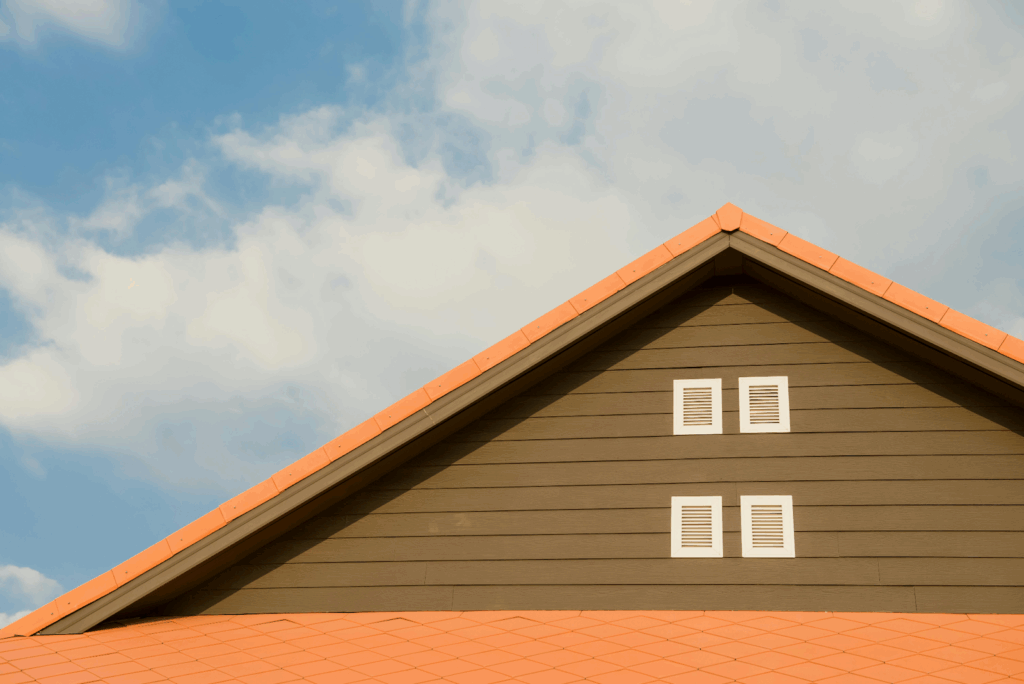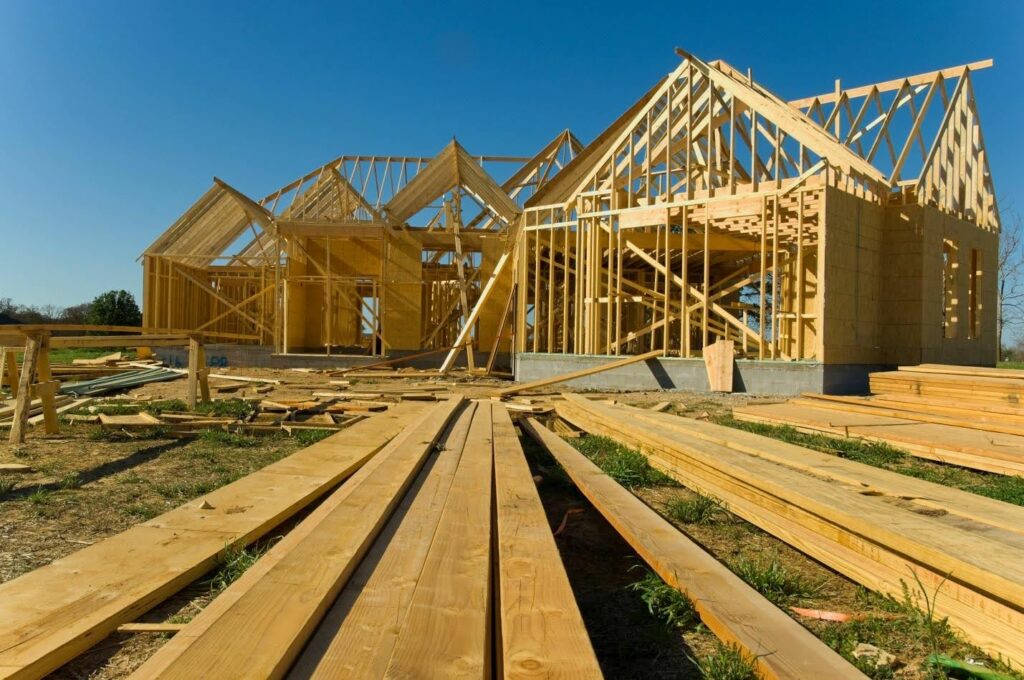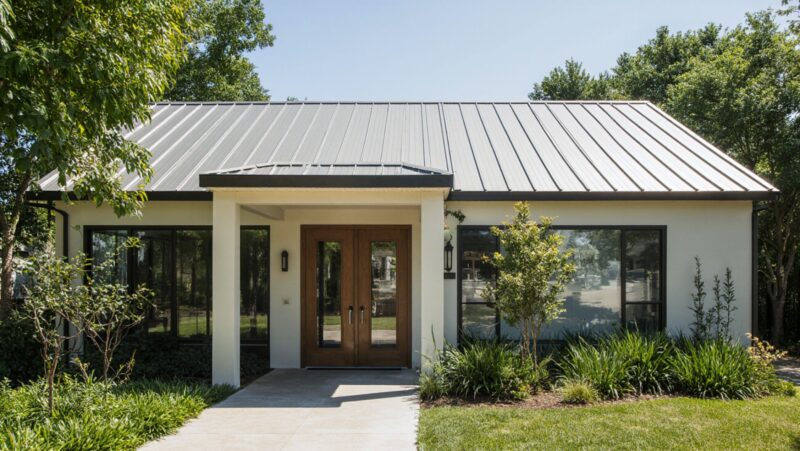
Fascia boards are important when it comes to the roofline maintenance of your house. Unfortunately, they are rarely noticed until the moment damage strikes. They keep moisture and pests out while also improving the appearance of the property. It’s time to start considering replacing the fascia boards if you notice sagging, holes, cracks, and splits. Here are five things to consider before you start fascia replacement.
- Understand the Purpose of the Fascia Board
Fascia boards are the long, straight boards that run along the lower edge of your roof and onto which gutters are fixed. They are basically a finishing trim that hides roof rafters while providing structural support to the gutter system, thereby directing water away from the foundation of your house and preventing roof damage due to water accumulation.
Fascial boards also contribute to the general aesthetics of your home. They provide a clean roofline appearance that improves curb appeal. The moment fascia boards are rotten or disintegrated, not only do they compromise a roof structure, but also present an image of neglect.
- Recognition of Damage Signs
Usually, peeling paint, softening or decaying of wood, water stains, and gutters showing loose or out of line meet the requirement of signals. In extreme cases, particularly if pest-infested wood is left alone for a long time, you might notice mold or pest infestation.
Neglecting these issues can imply more extensive damage to the roof that would be very expensive to fix. Looking at your fascia boards at least twice a year for any indication of damage will enable you to find early issues and extend the life of your roofing system.
- Understanding Your Installation and Costs
Professional management is needed for these initiatives. Working at those heights and testing roofing materials with precision always demands responsibility and a level of discipline. The general process will include the removal of worn panels, the research of any hidden damage, and the fitting of new ones.
The total expense of fascial replacement will fluctuate depending on the material chosen, the availability of labor, the labor rate, as well as other factors, along with the amount of destruction. Going through a roof fascia replacement guide will help you know how much you need. Homeowners should budget for replacement boards and more possible fixes of related features, including gutters or soffits.
- Select Material Correctly
Modern fascia boards come in many materials, each with its own benefits and drawbacks. Over the years, the stunningly beautiful effect of traditional wood has made it a top choice. But it demands yearly upkeep to stop rot and decay. Consider also options like PVC, aluminum, and composite materials. They are strong and require less maintenance.
While picking the material, also focus on the climate and your home’s design. Assess the material at hand about appearance, expense, and endurance. Engaging a roofing expert will help you to be sure the supplies you pick are suitable for your current roof system, should you be unsure.

- Regular Maintenance After Replacement
Often conduct peeling paint, fracture, or water penetration inspections. However, after significant storms, consider lengthening that interval. Maintaining the gutters will help to remove any possibility of water backing up into the fascia.
Giving fascia boards a good external coat of paint or sealant every few years of their life could be helpful in the interim. This is a quick approach to preserve, keep your house looking beautiful, and yourself from future roof and house foundation damage in return.
Endnote
Replacing fascia boards is a crucial step in maintaining the integrity of your house’s roofing structure. The above tips help protect your roof and make smart decisions. Making sure your house stays beautiful and structurally solid for years to come by investing time and effort into your fascia board right now.







